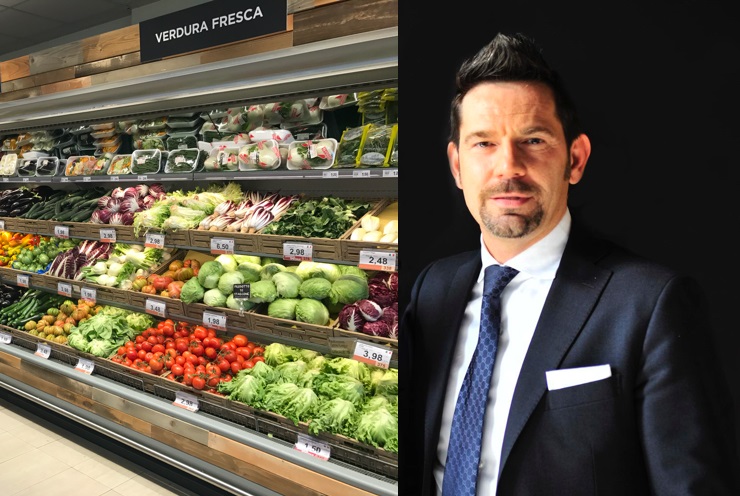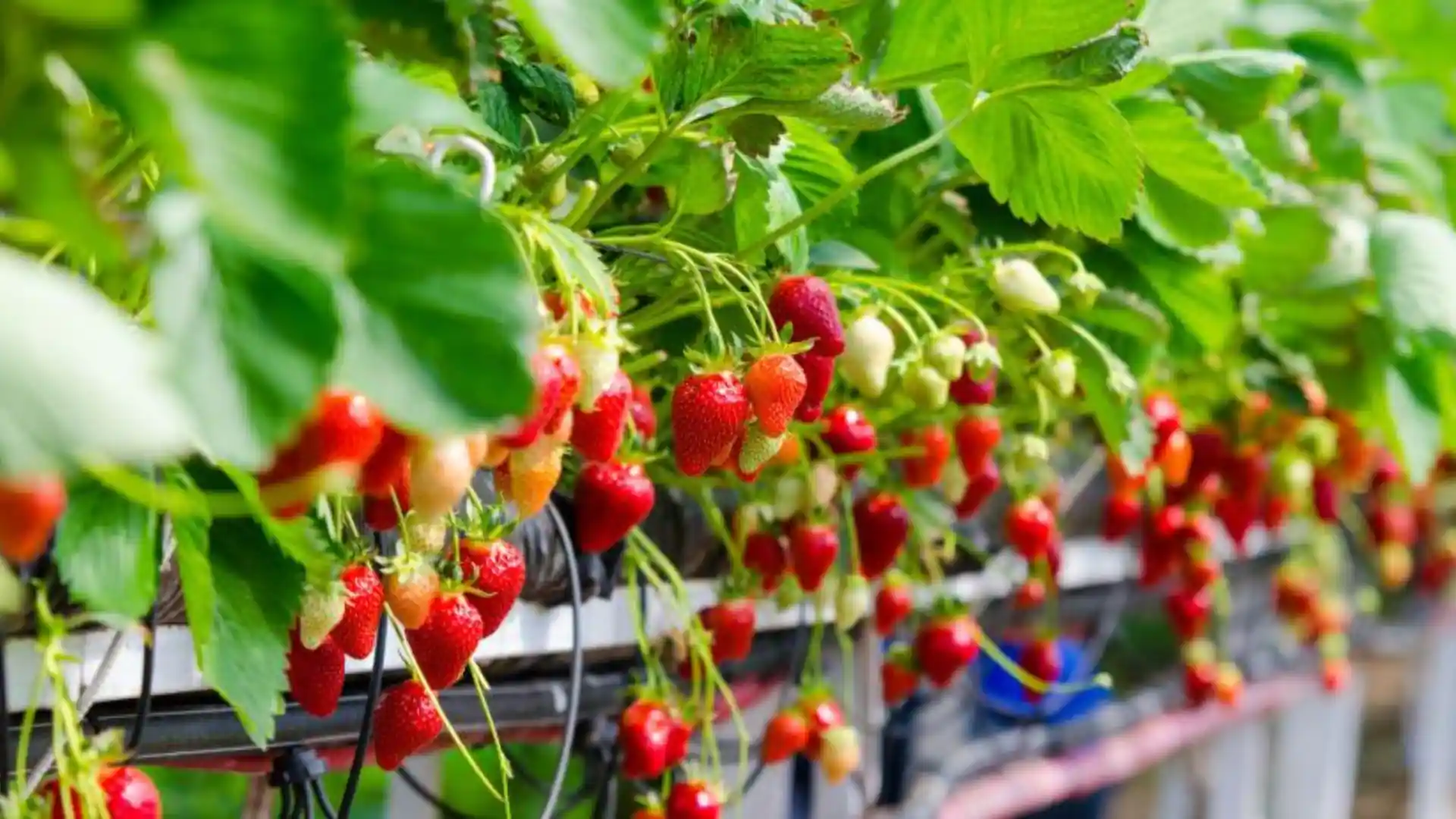Robotic technology was the focus of the interests of delegates attending the 4th International Strawberry Congress in Antwerp.
Pål Johan From (founder of Saga Robotics, pictured) said that while arable land is shrinking, global agriculture needs to increase production by 70 percent to meet the needs of the projected population in 2050. About one billion people employed in agriculture perform 90 percent repetitive tasks. This is why it becomes vital to produce with less and to accelerate the introduction of precision agriculture.

ROBOTS AND STRAWBERRIES, THE CHALLENGE CONTINUES
While there still seems to be little operating from a practical standpoint in strawberry fields, things are changing very quickly. In particular, the technology for treatment by UV light is now robust and spreading rapidly.
A large strawberry farm in the UK after a trial year in 2021 on 2 hectares, this year covered its entire production with this technology made by Saga Robotics of Norway. The result was that it completely zeroed out the use of chemicals in the fight against powdery mildew. The treatment is carried out twice a week during the night hours. It has proven effective in completely solving the problem.
And for other applications, where are we? Why are robots not spreading as fast as was promised a few years ago?
The main problems are still immature technology, the impact of the seasonality of agricultural products slowing down the development process, and the difficult combination of robotic procedures and the natural biodiversity found in nature. But mainly the fact that almost only the most technologically challenging tasks, such as harvesting, have been addressed so far,
But things are about to change: agronomic procedures for plant protection will be fully robotized in a few years, and harvesting robots will become established as the speed of execution increases.
For the time being, robotic treatments with UV-C technology have proven their effectiveness: results are better than chemical treatments and particularly for high-frequency UV. Moreover, the technology is now proven: the robots have already traveled tens of thousands of kilometers, gaining the trust of many farmers.

Saga Robotics of Norway says that one of its customers in Norway has never had any treatment against powdery mild ew and, using UV treatments, has never suffered any losses due to powdery mildew.
The goals that are driving the future development of robotization are: economic sustainability, cost efficiency, modularity of systems, and complete operational autonomy.
Already, positive effects on fruit quality can be seen on the horizon as well: a robotic system is already in operation that analyzes the Brix grade of each fruit before harvest in just one second of time.

But the big goal remains robotic strawberry picking, which, however, does not seem within reach in the short term. According to Thomas Hoeterickx, head of Business Development at Octiva, it is not enough to have gone from harvesting a strawberry every 12 seconds in 2016 to 5 seconds now: it is clear that such a technology is not currently economically sustainable for the strawberry market.

However, according to Thomas AmRhein, vice president of Naturipe Growers (U.S.), the more than 100 million total spent so far on research is beginning to bear fruit: although some companies have suspended investment in harvesting automation (Agrobot and Traptic), investment, including public investment, has been substantial in recent years and will not be slow to produce concrete results,

It is therefore expected that the sector will soon overcome, after the initial enthusiasm, even these recent periods in which disappointment prevails due to the lack of concrete results.

At that point, a revolution in farm structure will be required, which will have to shift from a variable cost of labor to a fixed cost represented by investments in robots. Farming practices will also undergo many changes, from the need to train technicians trained in robotics to new varieties, which breeders will have to optimize for mechanical harvesting.
Automated technologies for insect suction, sprayer optimization, and and desiccation are now available. Other technologies on the horizon that may have an effect on the strawberry sector include mechanical pest removal, insect monitoring, and efficient UV-C treatment.

The next few years will be decisive for the introduction of new technologies in agriculture, and it will be necessary to overcome what Thomas AmRhein still sees as the main obstacles to the spread of robotic systems: production systems, variety genetics and a scarce but still sufficient labor supply.
All rights reserved - Italian Berry - CC BY License









